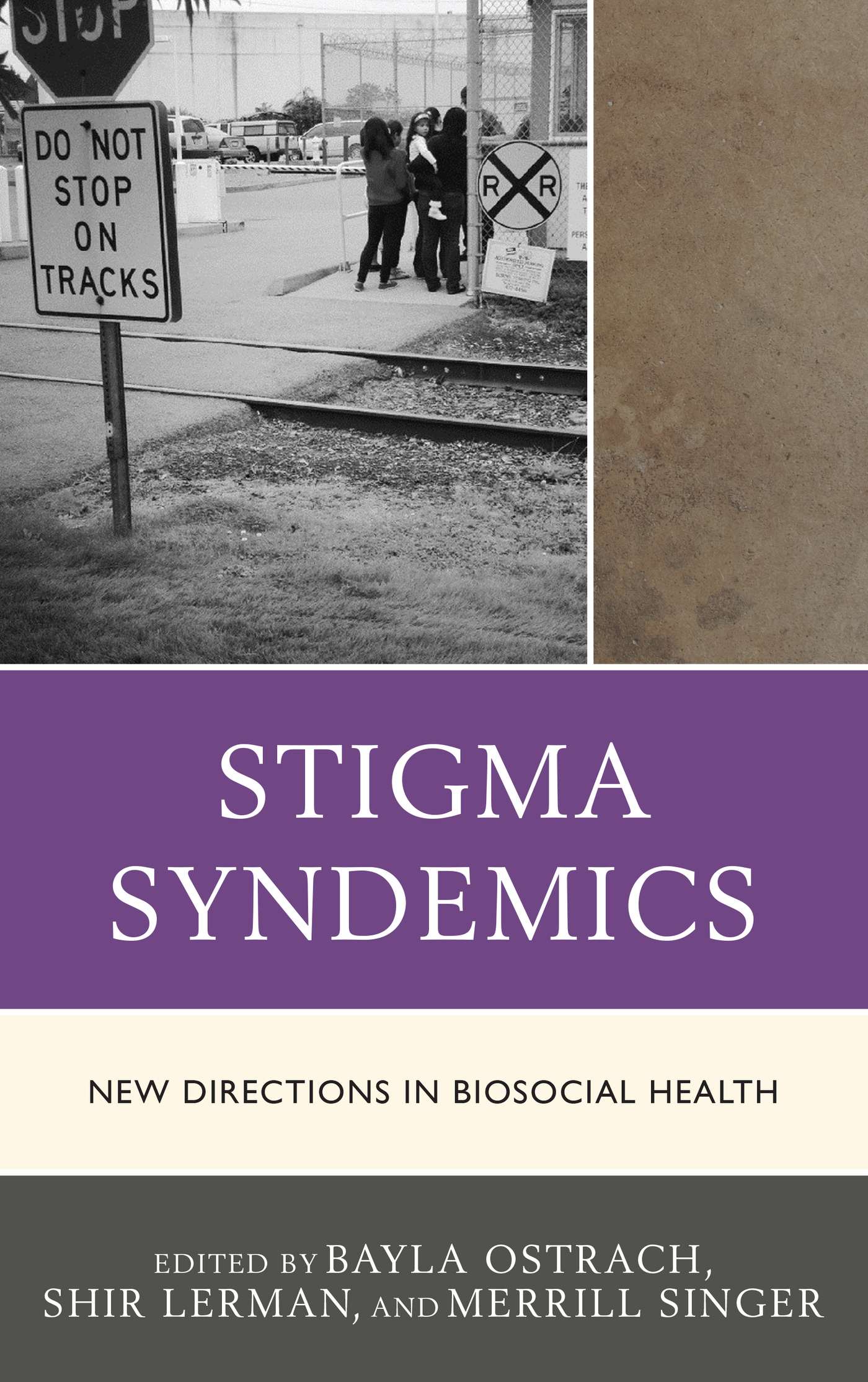Stigma Syndemics
Stigma Syndemics
New Directions in Biosocial Health
Edited by Bayla Ostrach, Shir Lerman,
and Merrill Singer
LEXINGTON BOOKS
Lanham Boulder New York London
Published by Lexington Books
An imprint of The Rowman & Littlefield Publishing Group, Inc.
4501 Forbes Boulevard, Suite 200, Lanham, Maryland 20706
www.rowman.com
Unit A, Whitacre Mews, 26-34 Stannary Street, London SE11 4AB
Copyright 2017 by Lexington Books
All rights reserved. No part of this book may be reproduced in any form or by any electronic or mechanical means, including information storage and retrieval systems, without written permission from the publisher, except by a reviewer who may quote passages in a review.
British Library Cataloguing in Publication Information Available
Library of Congress Cataloging-in-Publication Data
Names: Lerman, Shir, editor. | Ostrach, Bayla, editor. | Singer, Merrill, editor.
Title: Stigma syndemics : new directions in biosocial health / edited by Shir Lerman, Bayla Ostrach, and Merrill Singer.
Description: Lanham : Lexington Books, [2017] | Includes bibliographical references and index.
Identifiers: LCCN 2017029247 (print) | LCCN 2017027715 (ebook) | ISBN 9781498552158 (Electronic) | ISBN 9781498552141 (cloth : alk. paper)
Subjects: | MESH: Socioeconomic Factors | Social Stigma | Health Status Disparities | Vulnerable Populations
Classification: LCC RA418 (print) | LCC RA418 (ebook) | NLM WA 30 | DDC 362.1--dc23
LC record available at https://lccn.loc.gov/2017029247
 TM The paper used in this publication meets the minimum requirements of American National Standard for Information Sciences Permanence of Paper for Printed Library Materials, ANSI/NISO Z39.48-1992.
TM The paper used in this publication meets the minimum requirements of American National Standard for Information Sciences Permanence of Paper for Printed Library Materials, ANSI/NISO Z39.48-1992.
Printed in the United States of America
Introduction
Merrill Singer, Bayla Ostrach, and Shir Lerman
Social stigmatization, disproportionately affecting those already at increased risk for various health problems and with less access to needed resources, damages health through multiple pathways of interaction with biological conditions and structural environments. Given its conception of disease as the product of multiple, yet identifiable, entwined biosocial processes, syndemics provides a useful approach for assessing the role(s) of stigma in health, and thus has been a focus of research and applied interventions in anthropology, public health, and beyond.
The overarching conceptual framework of the syndemic approach received early attention from the Centers for Disease Control, which at one time maintained a Syndemics Prevention Network (Milstein 2002) to inform epidemiological research, and the influence of syndemics perspectives continues to grow. In 2017, The Lancet devoted a special issue to syndemics (Singer et al. 2017; Mendenhall 2017; Mendenhall et al. 2017; Tsai et al. 2017; Hart and Horton 2017). Researchers in public health sectors and clinicians from many specialties including oral health, chronic illness management, infectious disease prevention, and mental and sexual/reproductive health fields use syndemics approaches. Here we address many of these topics, paying attention to stigma as the key structural factor driving linked biological and social processes that threaten health.
As skillfully and richly demonstrated by the contributors in our companion volume, Foundations of BioSocial Health: Stigma and Illness Interactions (Lexington Books), syndemics research goes beyond simple co-morbidity or co-occurrence to describe complex overlapping and intersecting health risk factors and interactions that illuminate the multi-faceted nature of many illnesses and health conditions. Syndemics are consequential interactions between overlapping or sequential diseases or biological conditions in a population, highly influenced by social conditions that cluster diseases, heighten vulnerability, and increase the overall health burden for individuals and groups.
The preceding, related volume explored the foundations of syndemics research and the role of stigma in established syndemics. In this volume, contributors examine stigma as it drives syndemic interactions in areas that constitute new and emerging directions for syndemics research. We interrogate stigma as the structural factor that intersects and interacts with incarceration or detention; with pregnancy and other biosocially pathologized reproductive states; and with malnutrition and oral healthhighly visible/detectable, and therefore potentially stigmatizable, aspects of bodily health.
An emerging body of syndemics research (e.g., Emard 2016; Operario et al. 2014; Martn 2013), with these two books serving as the most comprehensive contributions to date, identifies social stigmatization of diseases or individuals who suffer from them as key to promoting syndemic interactions and overall suffering. Syndemic interactions, in which stigma is a primary driving structural or social factor, affect disease interactions through the stigmatized identities of the sufferers, the stigmatization of illnesses or health conditions, or both. Explorations of stigma-driven syndemics demonstrate both the nature and significance of disease-disease interactions that occur in contexts of stigmatization, further complicating recognition, treatment, and prevention. Specifically, identification of these syndemics illustrates how stigma comes to be translated from a social condition into a damaging force in physical and/or mental health. The impact of social stigma on the pathologization of physical conditions continues to capture new academic, clinical, and applied attention, as shown by the authors of each chapter included here.
As the term syndemic describes various disease-disease interactions caused, exacerbated, or intensified by adverse social conditions and environments (Singer 2009; Ostrach and Singer 2012); in this book and its preceding volume, the social context of interest is structurally enforced stigmatization. All contributors, a combination of experts and emerging scholars in their respective interdisciplinary fields, address the role of stigma in producing an array of newly identified or expanded syndemics or syndemic models.
The contributors to Stigma Syndemics: New Directions in BioSocial Health explore biological and structural pathways of syndemic interaction in three overarching areas where the framework contributes to understanding interconnected causes of suffering, and interrelated opportunities for prevention, intervention, and change. Broadly, all of the contributions to this volume expand upon and contribute to the literature on carceral/detention syndemics; reproductive syndemicsincluding the proposal here of two novel pregnancy-related syndemics in which social stigma pathologizes otherwise healthy pregnancies, and oral health and malnutrition syndemics. In each of these categories, researchers from diverse disciplines, such as medical and cultural anthropology, public health, primary care, psychology, and community-based grassroots health, examine how social stigma as enacted and perpetuated through structural forces drives disease-disease and other biological or behavioral interactions that worsen health outcomes and increase suffering.
Our contributors specifically scrutinize syndemic pathways of interaction between: abortion stigma and increased risks for abortion complications
(Ostrach and AbiSamra); infertility stigma and increased symptoms of endometriosis (Griffith); teen pregnancy stigma interacting with biomedicalized prenatal and birthing care to increase risks for interventions and worsened outcomes (Everson and Ostrach); racialized incarceration stigma, sexual/
Next page
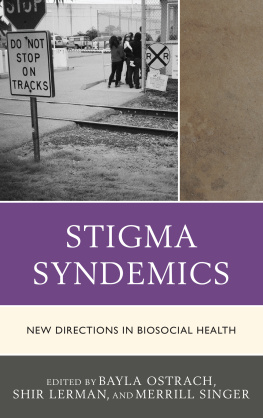


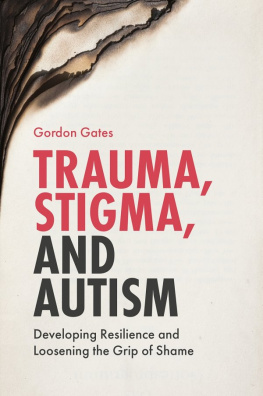
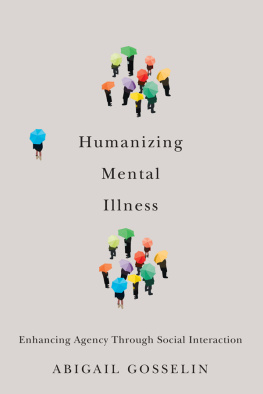
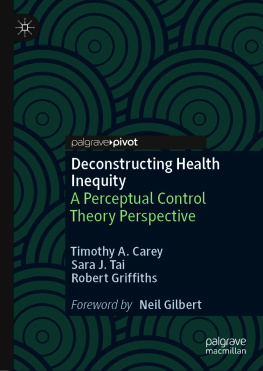
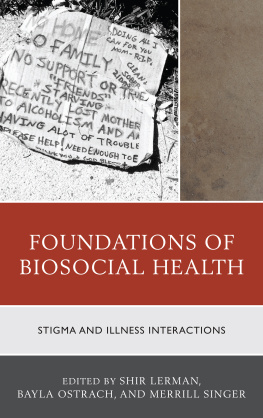

 TM The paper used in this publication meets the minimum requirements of American National Standard for Information Sciences Permanence of Paper for Printed Library Materials, ANSI/NISO Z39.48-1992.
TM The paper used in this publication meets the minimum requirements of American National Standard for Information Sciences Permanence of Paper for Printed Library Materials, ANSI/NISO Z39.48-1992.